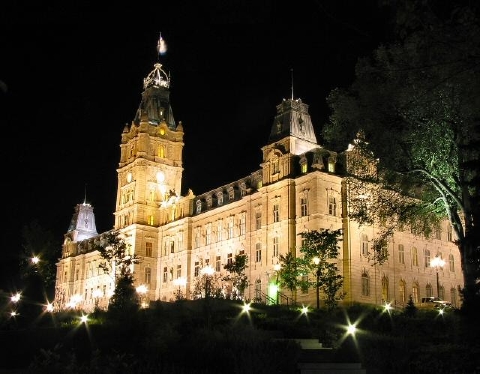The Asia Pacific Gateway and the Reconfiguration of North America
DOI:
https://doi.org/10.24124/c677/2008100Keywords:
ports, transportation, shippingAbstract
Transportation gateways and corridors reflect broader economic and political forces at the same time that they shape them. Nowhere is this clearer than in Canadian efforts to create a multi-dimensional Asia Pacific Gateway. Its architects often draw inspiration from Lionel Chevrier and his post-war vision of a St. Lawrence Seaway to the Atlantic Ocean and the transformation of the central Canadian economy. They can also look back even further to 1880s and the building of the trans-continental Canadian Pacific Railroad. George Stephen, the President of the CPR, did not help drive the last spike in Craigallachie, BC in 1885 because he was in the U.K. raising capital for the steamship line across the Pacific that would be its logical, and necessary, extension. The objective was not just building a nation but driving commerce, and reshaping relations with the fulsome power to the South, by constructing a Pacific corridor and gateway to Asia.Downloads
How to Cite
Evans, P. (2008). The Asia Pacific Gateway and the Reconfiguration of North America. Canadian Political Science Review, 2(4), 93–98. https://doi.org/10.24124/c677/2008100
Issue
Section
Articles

